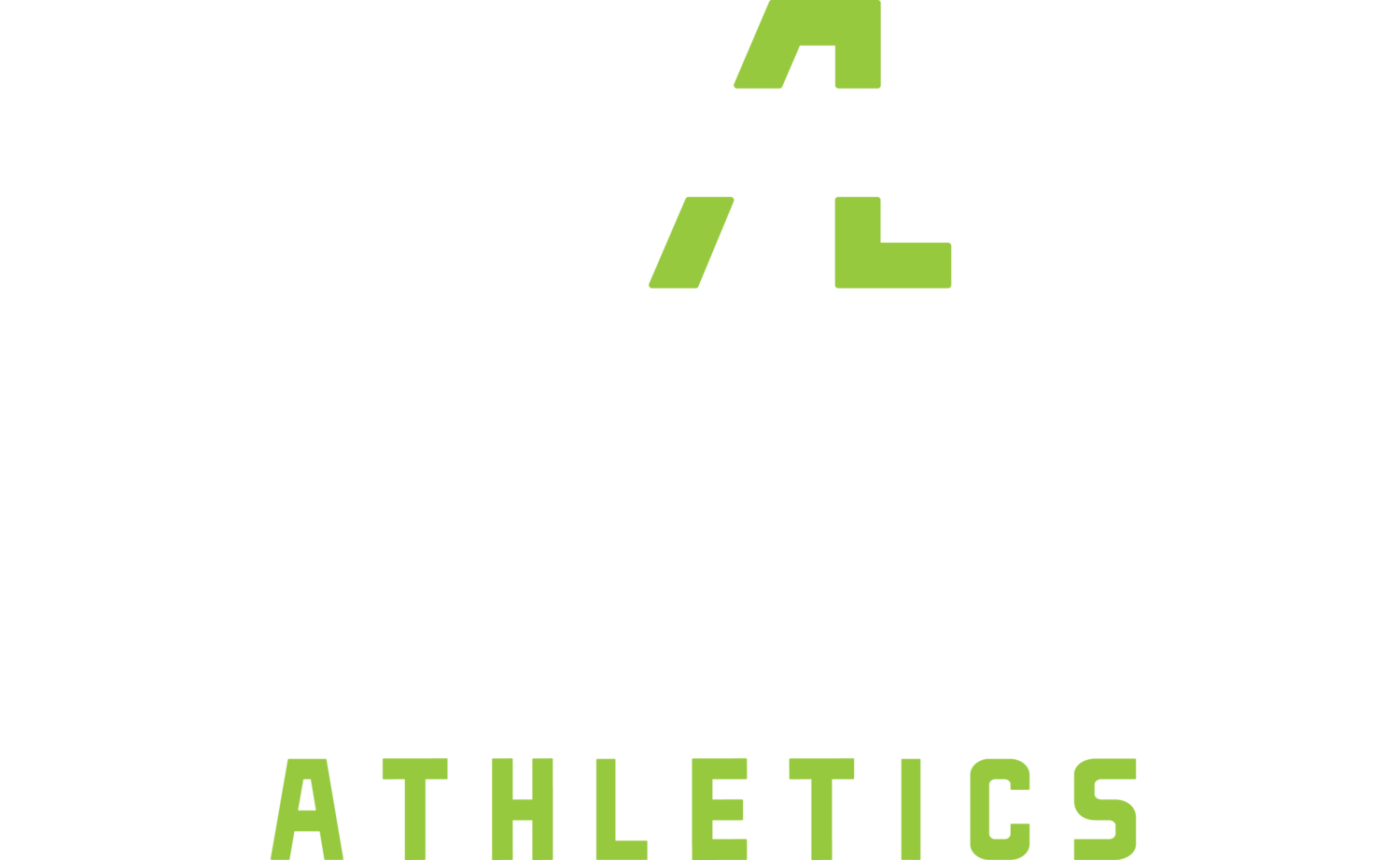You don’t have to be in a tactical career field (i.e. military, law enforcement, firefighter, etc.) to know that their day-to-day demands are far different than most other career options. In my time as a Combat Arms Instructor in the Air Force, I had the chance to train and teach many other military police, firefighters, and special operations men and women. In addition to tactical weapons training, I was a Physical Training Leader for my squadron of around 200 people. To make sure that our squadron was always as mission ready as possible for any short-notice deployments, I would focus on 5 key components to their tactical training regimen; movement prep, strength and power, anaerobic and aerobic capacities, mobility, and nutrition.
Movement Prep
Movement prep is something that goes overlooked far too much. You always want to make sure you’re doing it and doing it correctly. This means using the proper warm up exercises, stretches, and specific prep work. At The Spot Athletics we are huge proponents of RPR (Reflexive Performance Reset) to wake up muscle groups that you are going to depend on the most for each specific workout. Proper movement prep will help to improve your mobility, increase your overall performance, and minimize the risk of injuries.
Strength and Power
I don’t ever remember trying to convince our troops to get stronger or more powerful. Strength and power are the foundations of a proper tactical training program. Whether you wear a flak vest with 100+ pounds of ammo on it or you’re a firefighter trying to carry and control a hose that weighs anywhere from 100lbs to 900lbs, you’ve got to be very strong. The tactical population must first build a foundation of strength to effectively and efficiently do your job. But, you can’t just be strong, you’ve also got to have endurance.
Anaerobic and Aerobic Capacities
Before each of my deployments, we would have to go through pre-deployment training that could last anywhere from two weeks to 50+ days. One of the biggest things that separated my team from the other teams that we would have to train with, was our work capacity. It’s critical to build up your overall endurance, both muscular and cardiovascular. You can’t just train to pass your annual physical training tests. You’ve got to have a baseline endurance that will allow you to keep going until the job is done, and that’s where we were able to set ourselves apart. Another key to good tactical training is your mobility.
Mobility
Believe it or not, mobility is one of the most underrated needs for the tactical population. If you’re unable to move an area of your body within its proper range of motion, then you are likely increasing your risk of injury. Your body will eventually start to create compensation patterns due to your lack of mobility that can cause a plethora of problems for you in the long run. For the tactical population, this will negatively impact your strength, speed, power, agility, and stability. Your success in how well you’re able to do your job depends on each of those. So, make sure you’re incorporating proper mobility exercises.
Nutrition
Very little to this point matters much if your nutrition isn’t where it should be. So, when you’re in the gym picking up heavy stuff, doing sled pulls, or working on getting flexy – that’s not what makes your muscles bigger and stronger. You’ve got to make sure you’re eating right to help your body recover as quickly and as best as possible. And if you can stick to eating a good diet, getting plenty of water, and sleeping the necessary amount, then you will be able to continue improving in your tactical training and mission readiness.
Conclusion
Regardless of where you fit into the tactical population, it’s your responsibility to optimize your mission readiness and overall resiliency to perform your day-to-day duties as effectively and efficiently as possible. But, to do this you must work to enhance your fitness levels accordingly. You do so by improving your movement prep, strength and power, anaerobic and aerobic capacities, mobility, and nutrition.
Each incremental improvement will build upon the last, and at the end of the day, these improvements could be the difference between life or death. Always remember, it’s the quality of your training that matters. As the Navy SEALs say, “you never rise to the occasion; you fall to your lowest level of training.”


